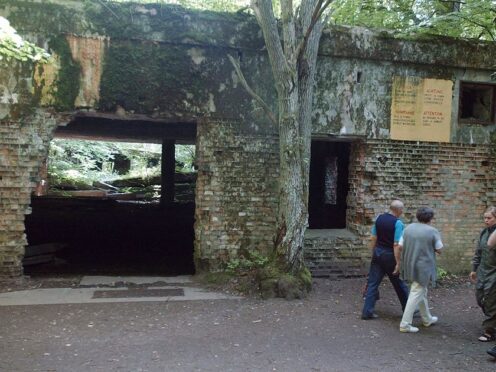
Polish prosecutors have discontinued an investigation into human skeletons found at a site where Adolf Hitler and other Nazi leaders spent time during the Second World War because the advanced state of decay made it impossible to determine the cause of death.
The remains were found on February 24 at Wolf’s Lair, which served as Hitler’s chief headquarters from 1941 to 1944 when the area was part of Germany.
The compound of about 200 Nazi bunkers and military barracks hidden in deep woods was the site of the failed assassination attempt on Hitler by Colonel Claus Stauffenberg on July 20 1944.
The site is now a tourist attraction.
A spokesman for the prosecutor’s office in nearby Ketrzyn town, Daniel Brodowski, said police secured the remains after they were found by a local group, Latebra, which searches for historical objects.
A forensic medical expert examined them under the supervision of the prosecutor’s office, which was trying to determine if manslaughter had occurred.
It discontinued the investigation in late March due to a lack of evidence that a crime had been committed, Mr Brodowski told the Associated Press.
“The expert stated that the preserved bone remains were of human origin and came from at least four people, three of whom were most likely middle-aged men, and the fourth was a child several years of age whose sex cannot be determined,” he said.
But due to advanced decay of the remains, it was no longer possible to determine the cause of death, he added.

Enjoy the convenience of having The Sunday Post delivered as a digital ePaper straight to your smartphone, tablet or computer.
Subscribe for only £5.49 a month and enjoy all the benefits of the printed paper as a digital replica.
Subscribe